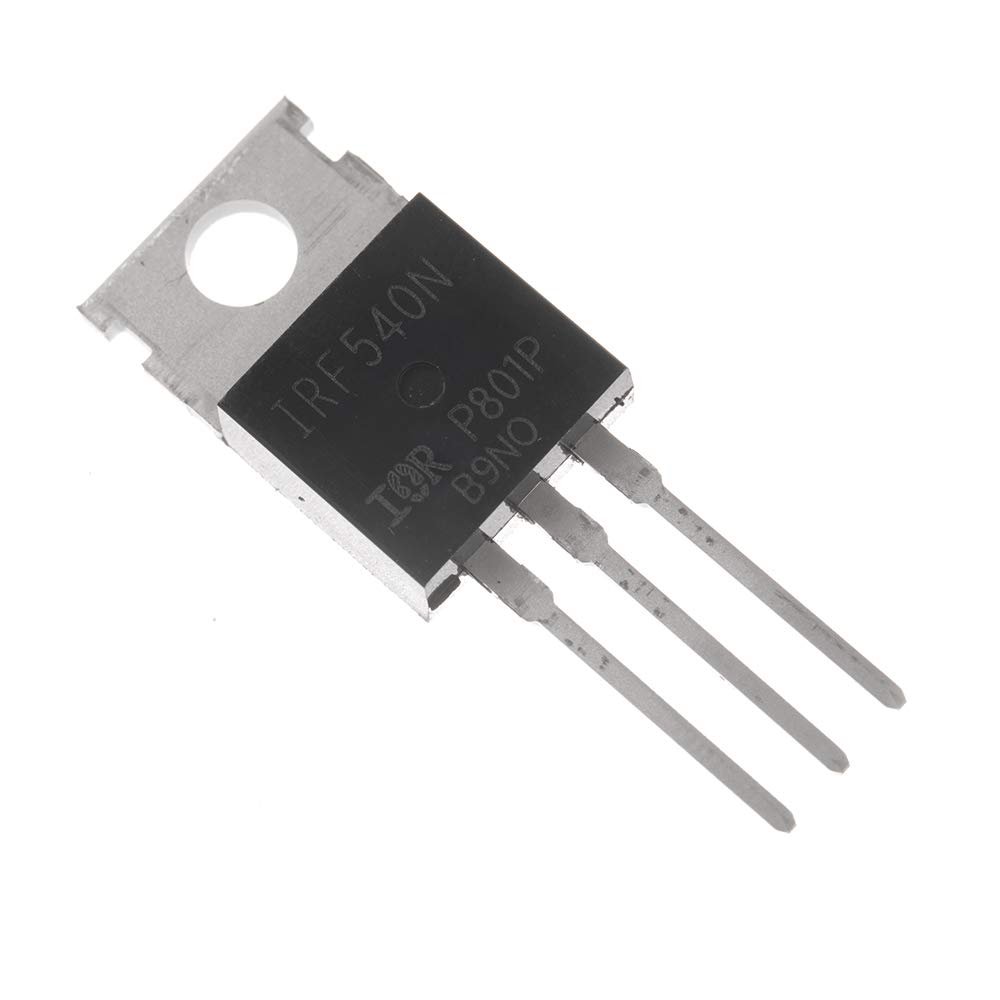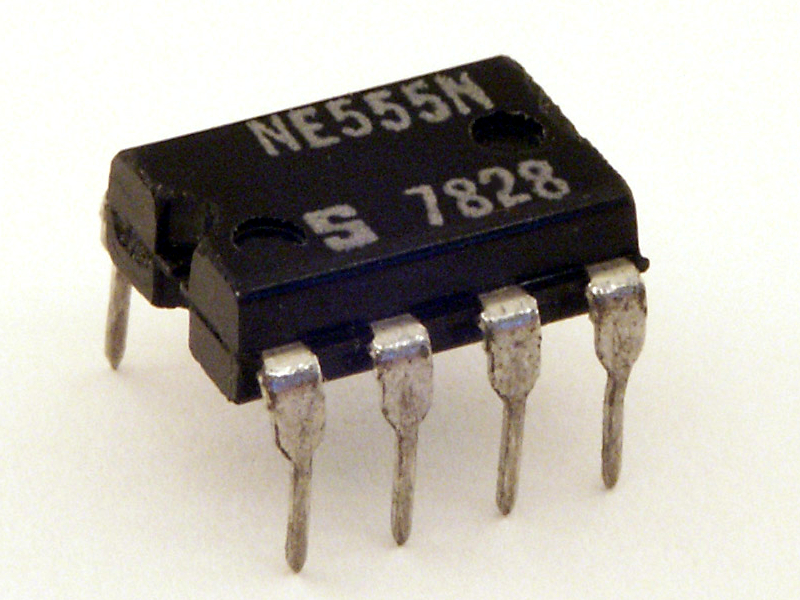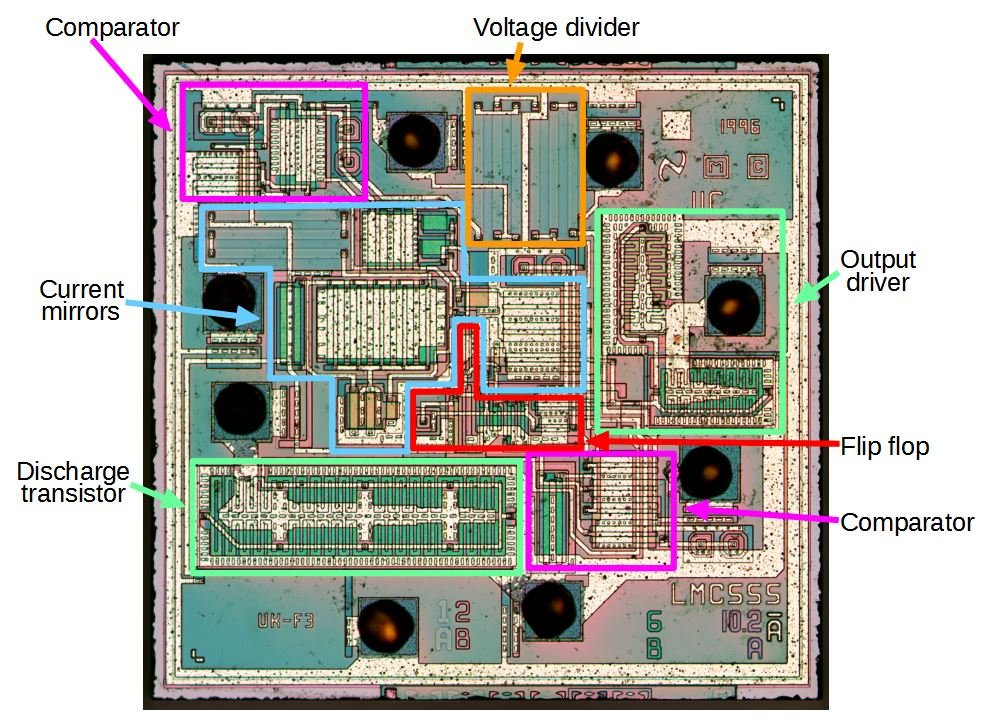does bubble memory count as solid state?
I guess? I mean, it has no moving parts. but it requires preheating and involves movement of magnetic fields across a surface...
https://t.co/VG3XdoQ6OZ
That falls apart when you consider that vacuum tubes aren't considered "solid state", something about how they use thermionic emission and magnetic fields is enough to push it out of the realm of just electron movement.
— laura possum #blm (@quartizine) January 3, 2021
It has to warm up, yes, but it doesn't melt. The crystal remains solid, and only the magnetic fields move.
The other axis is managed by spinning the disc, and waiting for it to rotate around.
https://t.co/JlCPyOXXzL
So LaserCard is an interesting format: It's fundamentally the same as CD-ROMs, LaserDisc, DVD, etc, but instead of spinning, it's a flat grid layout. pic.twitter.com/bRmMCNL1vD
— foone (@Foone) November 21, 2018
does it count as solid state if doesn't move while in use, but it's connected to things that do?
they're immobile, and the universe spins around them?
solid state discs aren't "solid state" because they're not moving. not moving has nothing to do with if they're solid state or not
integrated circuits. all the flash memory stuff happens inside a die of silicon.
It's a chunk of garnet, not anything semiconductory
I want to make a rotating solid state disk.
https://t.co/aVU1sri57P
I was actually researching something about slip rings, and found this lovely picture.
— foone (@Foone) September 16, 2020
Want some ethernet you can rotate 360 degrees? NOW YOU CAN! pic.twitter.com/dLqMxAR5Hv
More from foone
A fun fact on the wikipedia page for the metal–oxide–semiconductor field-effect transistor:
it is the most frequently manufactured device in history, and the total number manufactured from 1960-2018 is 13 sextillion.
That's 13,000,000,000,000,000,000,000.

Though this picture is a bit misleading.
Even with devices this small, we couldn't make 13 sextillion of them in 60 years.
So imagine a chip like this. It's the 555 timer, which is one of the most popular integrated circuits ever made.
In 2017, it was estimated a billion are made every year.

And at the heart of it is the die, which looks like this:
(from Ken Shirriff's blog)
https://t.co/mz5PQDjYqF

And that's fundamentally a bunch of CMOS transistors (along with some diodes and resistors), which are a type of MOSFET. How many of them are on a 555?
about 25. Not many, but it's a very simple chip.
it is the most frequently manufactured device in history, and the total number manufactured from 1960-2018 is 13 sextillion.
That's 13,000,000,000,000,000,000,000.

Though this picture is a bit misleading.
Even with devices this small, we couldn't make 13 sextillion of them in 60 years.
So imagine a chip like this. It's the 555 timer, which is one of the most popular integrated circuits ever made.
In 2017, it was estimated a billion are made every year.

And at the heart of it is the die, which looks like this:
(from Ken Shirriff's blog)
https://t.co/mz5PQDjYqF

And that's fundamentally a bunch of CMOS transistors (along with some diodes and resistors), which are a type of MOSFET. How many of them are on a 555?
about 25. Not many, but it's a very simple chip.
More from Tech
Machine translation can be a wonderful translation tool, but its uses are widely misunderstood.
Let's talk about Google Translate, its current state in the professional translation industry, and why robots are terrible at interpreting culture and context.
Straight to the point: machine translation (MT) is an incredibly helpful tool for translation! But just like any tool, there are specific times and places for it.
You wouldn't use a jackhammer to nail a painting to the wall.
Two factors are at play when determining how useful MT is: language pair and context.
Certain language pairs are better suited for MT. Typically, the more similar the grammar structure, the better the MT will be. Think Spanish <> Portuguese vs. Spanish <> Japanese.
No two MT engines are the same, though! Check out how human professionals ranked their choice of MT engine in a Phrase survey:
https://t.co/yiVPmHnjKv

When it comes to context, the first thing to look at is the type of text you want to translate. Typically, the more technical and straightforward the text, the better a machine will be at working on it.
Let's talk about Google Translate, its current state in the professional translation industry, and why robots are terrible at interpreting culture and context.
Straight to the point: machine translation (MT) is an incredibly helpful tool for translation! But just like any tool, there are specific times and places for it.
You wouldn't use a jackhammer to nail a painting to the wall.
Two factors are at play when determining how useful MT is: language pair and context.
Certain language pairs are better suited for MT. Typically, the more similar the grammar structure, the better the MT will be. Think Spanish <> Portuguese vs. Spanish <> Japanese.
No two MT engines are the same, though! Check out how human professionals ranked their choice of MT engine in a Phrase survey:
https://t.co/yiVPmHnjKv

When it comes to context, the first thing to look at is the type of text you want to translate. Typically, the more technical and straightforward the text, the better a machine will be at working on it.






























